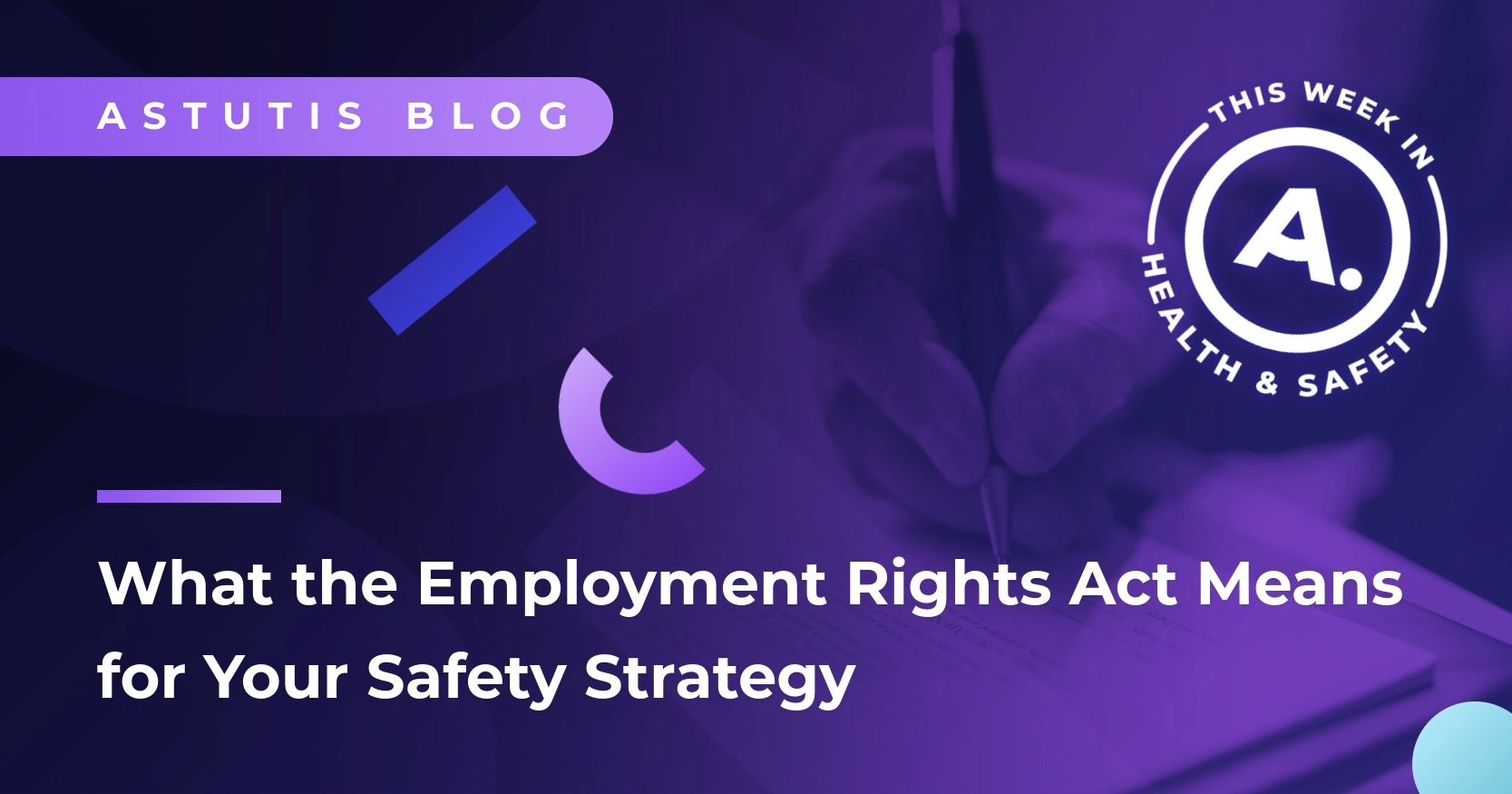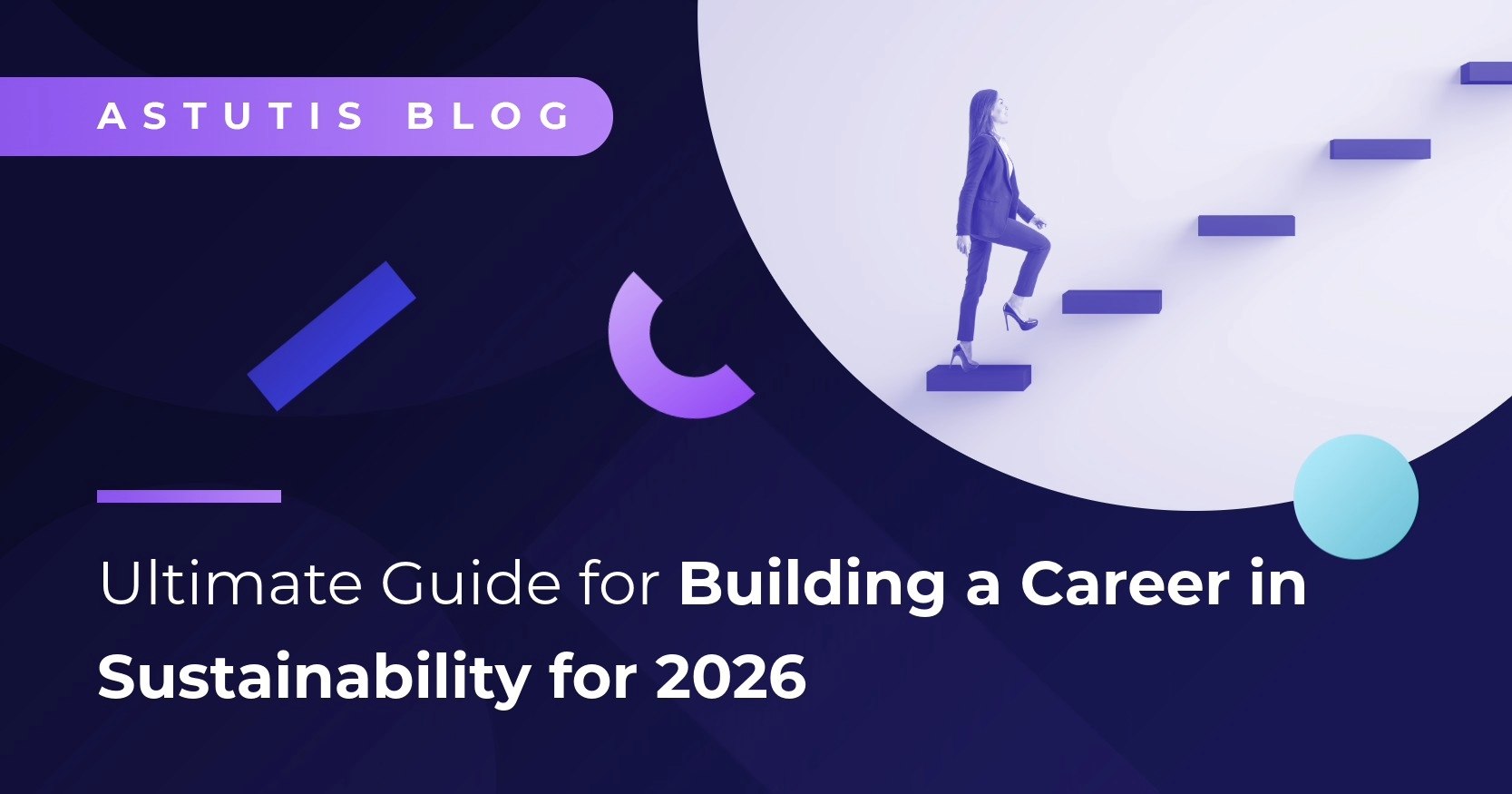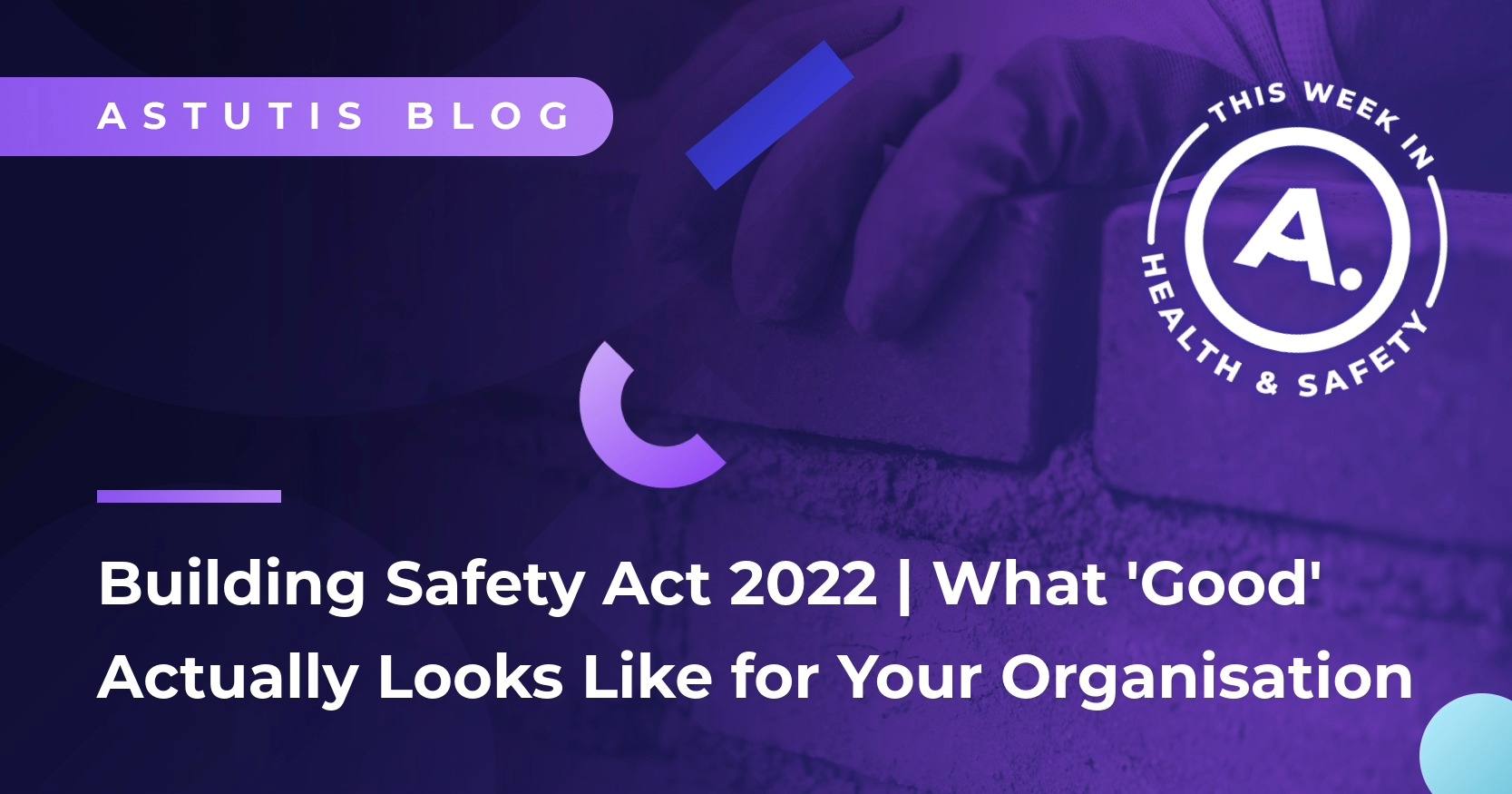NEBOSH Unit D Workplace Assignment - (3) how to approach the main body of your report
This post is relevant for all students who started their NEBOSH National/International Diploma before September 2017 and have to complete the Unit D or ID assignment. The last resubmission date for this Unit (2010 specification only) in 29 August 2018. This Unit has been replaced by Unit DNI 2015 specification for all new and current NEBOSH National and International Diploma learners.
Making up nearly half of your report (and worth up to 48 marks), the main body of the NEBOSH Diploma/International Diploma Workplace Assignment is where candidates will largely pass or fail and as such needs to be approached with due diligence. The main body of your report will lead on nicely to your advice or recommendations going forward and should offer the reader a sound 'platform' on which to base your assumptions - here you are 'setting the scene' on which to draw your conclusions.
Review of Health and Safety Management System D/ID If you have not been following my earlier blog posts, consider reading The Dreaded 'D' - tackling your Unit D workplace assignment (1) and Introducing Unit D - addressing the first part of your NEBOSH Diploma workplace assignment (2) first.
Description of the HSMS – worth up to 6 marks D/ID
Clear description of current system linked to recognised health and safety model.
National diploma students
Candidates should link a health and safety management system model already in existence to their chosen workplace. There needs to be an overview of the model (such as HSG65 or ISO18001) before you start discussing what your organisation does. My tip is to include a diagram of the model and explain each stage before considering what your company does to meet the model (or not).
International diploma students
Candidates should link a health and safety management system model to the health and safety management system within the chosen workplace. This could be HSG65, or BS8800 or OHSAS18001 or ILO-OSH-2001 or AS/A2 4360. A detailed description of the model is not required however, use of a diagram and reference to each part of the model is helpful.
Gap analysis – worth up to 6 marks D/ID
Clear systematic description gaps and areas where no gap exists for all areas of management systems. Identification of priorities for improvement linked to a recognised management system.
National and international diploma students
All students must critically review their chosen company’s health and safety management system for gaps. I have seen this done using a red/amber/green traffic light system which identifies visually the gap. For all areas of the management system there must be identification of areas for improvement. Using a traffic light system (red, amber or green) can be helpful too when it comes to drawing conclusions, making recommendations and prioritising actions. These all appear in the relevant sections of the assignment and should not feature within the main body. I suggest numbering each finding so that it can be easily identified to assist with recommendations and conclusions later.
Hazard Identification D/ID
Physical hazards – worth up to 8 marks (Unit C/IC)
Full range of hazards identified, relevant to organisation, drawn from across the range of categories and includes the likely implications. Prioritised with full justification.
Health and Welfare Hazards – worth up to 8 marks (Unit B/IB)
Full range of hazards identified, relevant to organisation, drawn from across the range of categories and incudes the likely implications. Prioritised with full justification.
National and international diploma students
Learners need to identify 15 different hazards from across the organisation. These should include physical hazards and health and welfare hazards. I would recommend separating the two. If you are going to assess the hazards and compare them, then ensure that you use a key as to how you have arrived at any scoring matrix for the hazards. For example, a 5x5 or 3x3 risk matrix of some sort may be used. It could be useful to consider which work activities are related to which hazards, before discussing the relative risks and possible control measures already in place. You need to demonstrate that you understand risk assessment principles, before comparison, prioritisation and consideration of improvements required. Each hazard choice must be justified. A full risk assessment for each hazard however is not required.
Risk Assessment Physical hazard/activity – worth up to 10 marks D/ID
Full risk assessment of chosen hazard following appropriate recognised assessment model. Full consideration of all factors.
Risk Assessment Health and Welfare/activity – worth up to 10 marks D/ID
Full risk assessment of chosen hazard following appropriate recognised assessment model. Full consideration of all factors.
National and International students
Having analysed your chosen company’s risk profile, you will then be in a position to undertake a detailed risk assessment for one health and welfare hazard and one physical hazard. This must be your own work. Tip - if your chosen work activity/subject has a specific law associated with it, then ensure that you use any relevant risk assessment guidance when determining your risk assessment. For example, for national diploma students if the chosen activity involves working at height, then a risk assessment which copies the 5 steps to risk assessment under the Management of Health and Safety at Work Regulations 1999 will not be applicable. A working at height risk assessment would be more appropriate.
For all students, where a specific law for assessment exists related to the topic, use this to assist rather than a generic approach to assessing risk. The risk assessment should include a review of the current controls and reference to any further controls needed whist using any appropriate legislative hierarchy of control. Remember that risk assessments identify who completed them, dates for review, actions, and other useful data such as who specifically is at risk from what. After you have completed the main body of your assignment it's time to tackle the conclusion.
Related Blogs

Real Life Stories









